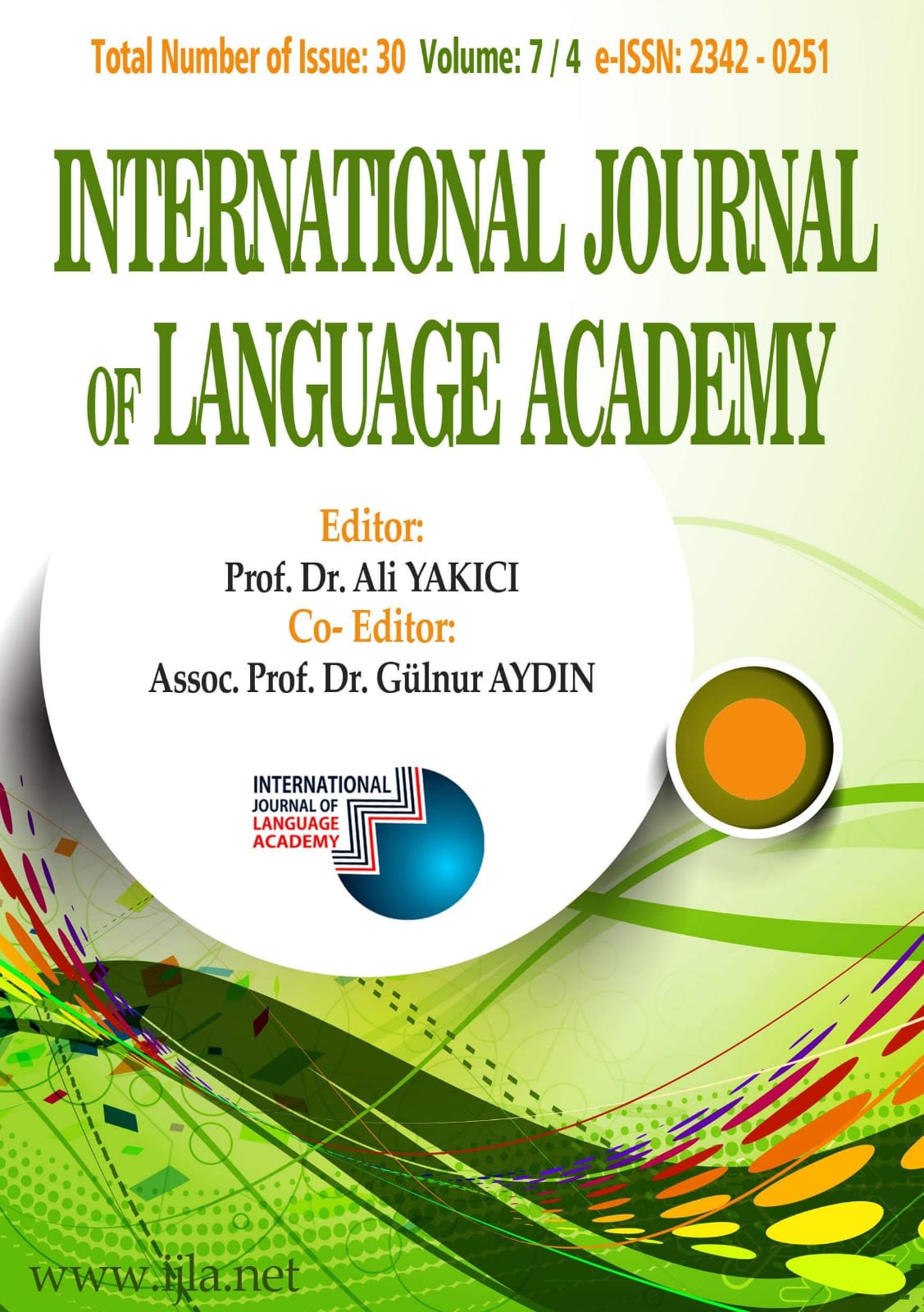Author :
Abstract
19. yüzyılda, İngiliz Edebiyatında pek çok ünlü yazar ve edebi eser ortaya çıkmıştır. Victoria dönemi, romanın nasıl olması gerektiği ile ilgili bir gelenek oluşturmuş ve yıllarca kurmaca edebiyatın nasıl yazılacağı ile ilgili bir model teşkil etmiştir. Ancak zaman içerisinde meydana gelen değişikliklerle birlikte, romanın odak noktası kaymış ve romana bakış açısı da değişmiştir. Bu zaman zarfında gerçekçi edebiyatın geleneksel biçiminin de, içinde taklit edilme veya yeniden işleme gibi adımların olduğu, çeşitli aşamalardan geçtiği aşikardır. Özellikle yeni ve güncel eğilimlerin etkisi altında eski geleneğin önce yıkılıp sonra yeniden inşa edildiği bir dönem olan postmodernizm çağında, eski geleneğe karşı alaycı bir tutum benimsenmiştir. Bu bağlamda, John Fowles tarafından yazılan Fransız Teğmenin Kadını (1969), eski gelenek ile yeni deneyimsel girişimlerin arasındaki sınırları gösteren bir dönüm noktası olarak kabul edilebilir. 1960’lı yıllarda İngiliz kurmaca edebiyatının en önemli ve etkili romanlarından biri olan Fransız Teğmenin Kadını, postmodern sanat felsefesi tarafından ortaya çıkarılan değişimleri yansıtmaktadır. Bu nedenle, bu çalışma, Fransız Teğmenin Kadını adlı romanı, eseri postmodern kurmaca edebiyatının iyi bir örneği yapan kavram ve izleri ele alarak incelemeyi amaçlamaktadır.
Keywords
Abstract
In British literature, many eminent authors and works of literature emerged in the nineteenth century. The Victorian era constituted a tradition about how the novel genre must be, and, for several years, it set a pattern for forging fiction. But, with the alterations which are made in progress of time, the focus and perception of novel have shifted. It is clear that the conventional style of realist fiction has gone through different phases, at which it was mimicked or reproduced. In particular, an ironic approach towards the convention was adopted by postmodernism, a period in which the past tradition was both demolished and then re-built under the impact of contemporary and novel inclinations. In this context, The French Lieutenant’s Woman (1969) by John Fowles could be regarded a landmark that shows the boundaries between the past form and the novel experimental initiatives. Being one of the most significant and powerful novels of the British literature during the 1960s, The French Lieutenant’s Woman highlights the shifts initiated by postmodern art philosophy. Therefore, this study aims to examine the novel by illustrating certain codes and concepts, which make The French Lieutenant’s Woman a good example of postmodernist fiction.
Keywords
- Booker, M. K. (1991). What we have instead of God: Sexuality, textuality and infinity in "The French Lieutenant's Woman". NOVEL: A Forum on Fiction, 24(2), 178-198.
- Bowen, D. (1995). The riddler riddled: Reading the epigraphs in John Fowles's "The French Lieutenant's Woman". The Journal of Narrative Technique, 25(1). 67-90.
- Doherty, G. (1987). The secret plot of metaphor: rhetorical designs in John Fowles's "The French Lieutenant's Woman". Paragraph, 9, 49-68.
- Fowles, J. (1969). The French Lieutenant’s Woman. London: Vintage.
- Holmes, F. M. (1981). The novel, illusion and reality: The paradox of omniscience in "The French Lieutenant's Woman". The Journal of Narrative Technique, 11(3), 184-198.
- Hutcheon, L. (1988). A Poetics of Postmodernism: History, Theory, Fiction. London: Routledge.
- Nelles, W. (1984). Problems for narrative theory: The French Lieutenant's Woman. Style, 18(2), 207-217.
- Onega, S. (1989). Form and Meaning in the Novels of John Fowles. London: UMI Research Press.
- Scruggs, C. (1985). The two endings of "The French Lieutenant's Woman". Modern Fiction Studies, 31(1), 95-113.
- Tarbox, K. (1996). The French Lieutenant's Woman and the evolution of narrative. Twentieth Century Literature, 42(1), 88-102.





